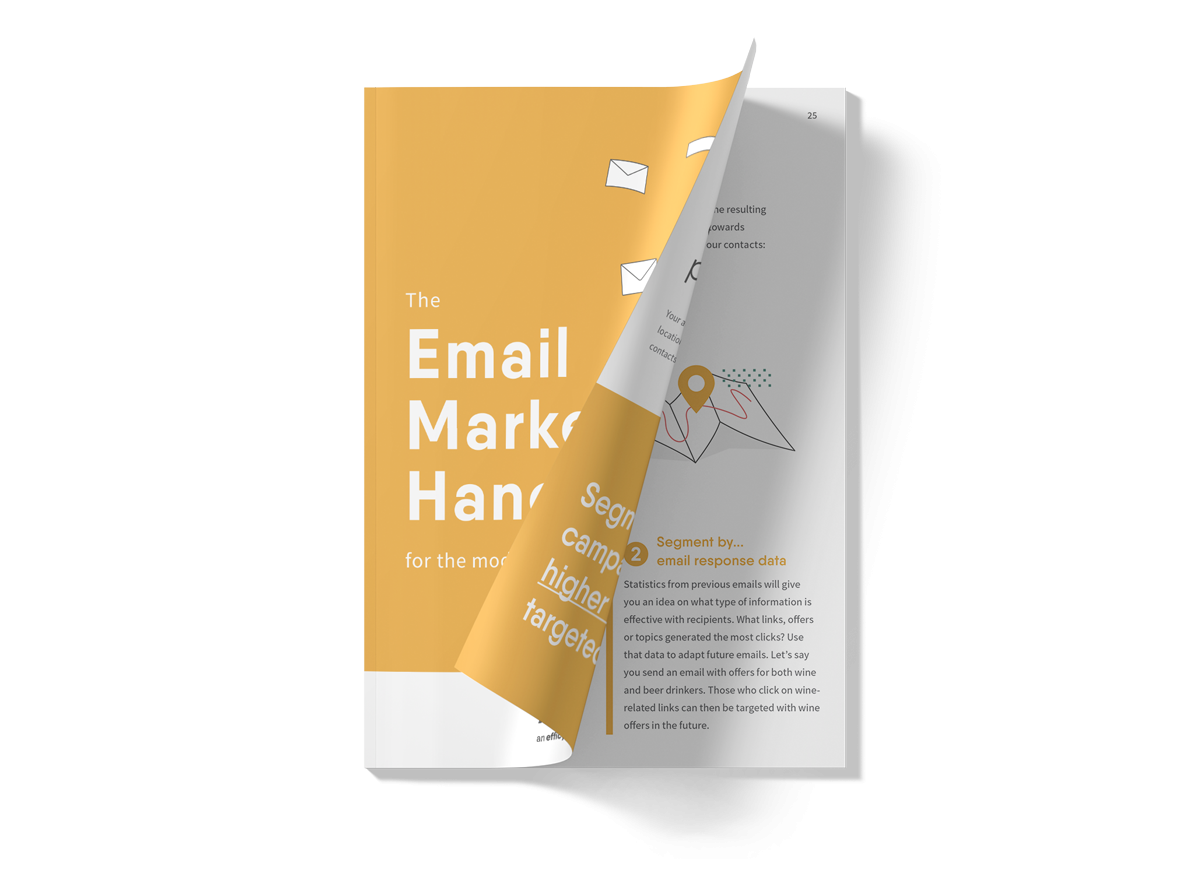The digitalisation has caused a ripple effect in the world of marketing. Step by step, creative workshops are being replaced by data-driven strategies that map and boost the customer through the customer journey. But are we on the verge of losing something important as we trade Photoshop and Word for intricate data-driven systems? Or do marketers simply need to find new ways to collaborate within the team?
It’s hard to deny that marketing technology (MarTech) has paved the way for an increasingly effective, personal and relevant direction of marketing. With the help of data and advanced technology, you can monitor the customers’ statuses in the sales funnel – and tailor your messages accordingly. As a result, modern marketing departments needs two types of marketers:
The first type is the analytical marketer who’s driven and guided by the left side of the brain. The analyst loves to continuously tweak the cogs of the marketing machine and to immerse himself or herself in insightful data. In practice, the marketer creates flows for marketing automation and integrates data into the CRM-system in order to acquire meaningful customer insights and optimise cost per click and tons of other important metrics.
The second type is the artsy marketer with a dominant right side of the brain. The artsy bursts with creativity, intuitiveness and imagination and loves to persuade readers with witty content ripe with enticing storytelling, spot-on tone of voice and stunning graphical elements.
The Analysts Claim the Throne...
As MarTech becomes even more sophisticated and advanced, a larger piece of the marketing-pie is allocated towards fine-tuning the cogs of the marketing machine.
And in a way… It makes sense.
It takes focus to implement and calibrate a successful MarTech machine. And once you’ve set the machine in motion, it needs fuel to move in full force.
… But the Artsy Shouldn’t Be Fully Overthrown
However, as you shift your focus – and your budget – you run the risk to leave the creative high and dry.
A stellar strategy for marketing automation is equally dependant on insightful data and high-quality engaging content that prompts the individual towards next step in the customer journey – on his or her own accord.
So, when your sole focus is to fill the marketing machine with content (regardless of it’s quality), you lose sight of your customers and you take your first leap towards MarTech-failure.
In a world that runs on clicks and data, content isn’t just a cog in the wheel or a device for mindless and senseless “nurturing”. Rather, if you want to maximise the impact of your system for marketing automation, you need to create content that initiates an engaging and meaningful conversation.
If you place your full trust – and budget – solely on the analysts or the artsy, you dig a marketing-pit that’s filled to the brink with either:
Advanced data-driven flows with colourless content.
or
Engaging content that’s well-hidden for your audience somewhere on your web page.
All in all: Great content without customer insights falls flat. And intricate flows without engaging content turns the marketing machine idle.
Success Calls For A Joint Rule of Creativity and Data
The key to achieve amazing results is not to create a stand-off between the arsty and the analytical, not is it to force a data analyst to become a creator. The key lies in close collaboration.
The truth is…
Without technological finesse and phenomenal content, the marketing machine comes to a screeching halt. The analysts’ data and insights set the frame for the artsys’ creativity and level of persuasion. Data injects the creativity with invaluable customer insights and in-depth detail that’s superior to intuition.
In other words: With good cooperation comes great results, as the comprehensive customer insights become a catalyst for engaging content. Which, in turn, stimulates the customer towards the next step in the customer journey.








